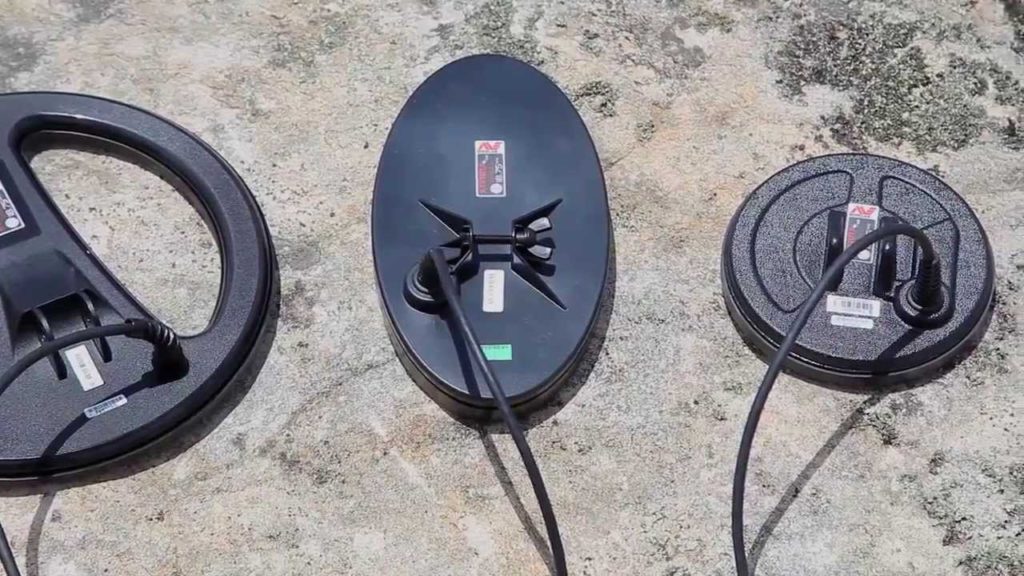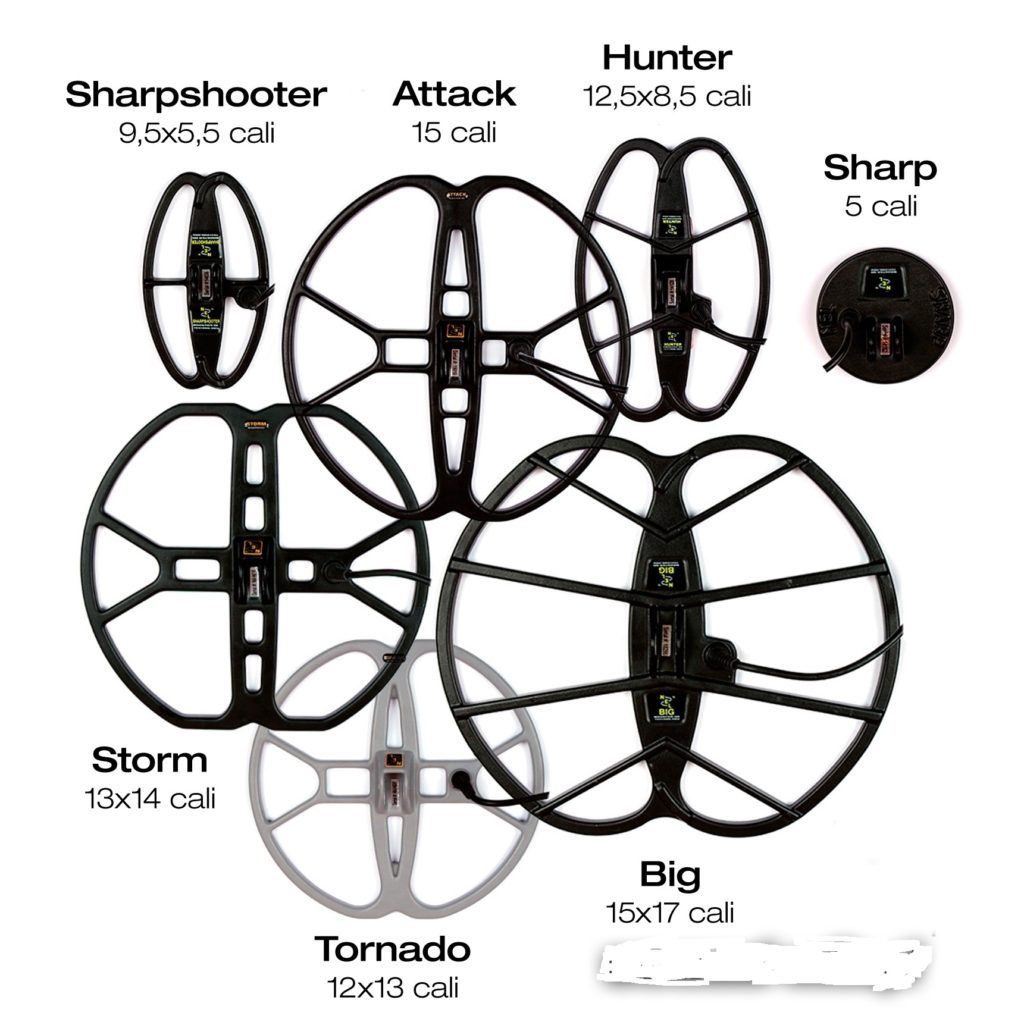The difference between mono and DD (DD) coils – an educational program for diggers
I have been interested in instrument searching for several years now and have almost by eye learned to determine which coil I will need for a successful dig. Guys often ask me which coil to choose – mono or DD? How to choose a coil for searching small or large objects? How to improve pinpoint search and reduce the influence of soil mineralization? And what points do you need to pay attention to when buying a new coil? . Therefore, I want to share with you some knowledge in terms of choosing additional coils for the task at hand.

The first step is to understand the classification of coils, their purpose and the features of the device itself. The main difference between DD and Mono coils is the signal shape, which seriously affects the quality and direction of the search. But when changing it, the coil model and the device model must be compatible. Otherwise, serious interference may occur or the control unit may be damaged. You should not try on a hobbyist’s reel on your device if you are not sure of the compatibility of the devices. After all, the ability to replace the coil was made to make the metal detector cheaper to maintain, thanks to replacing only part of the device, or to allow targeted searches, by using special coils.
Classification by coil types.
Содержание статьи:
Until recently, it was mono coils that were included with the metal detector. They have a cone-shaped signal, which is better suited for spot searching or searching in contaminated areas. However, this type of signal covers a small amount of ground, and the swing for each step should overlap the previous one by about half. So at a depth of 10 centimeters, the diameter of the beam with a 9-inch coil is reduced by half, and at a depth of 20 centimeters it will be only 3-5 centimeters. Mono coils are best used after detecting a cluster of targets. This will reduce the area of the dig and get a clearer picture of the alleged subject.
With the advent of DoubleD coils, search efficiency has increased several times, and the latest metal detectors are supplied with this type of coil. They got their name because of the mirror arrangement of the receiving and transmitting loops, reminiscent of two inverted letters “D”. The signal in the DD coils has the shape of a cylinder, which makes it possible to uniformly scan the area under the coil. This type of coil is ideal for highly mineralized soils and scanning large areas. But the difference between DD and mono coils — this is not the only criterion for improving your results.

Influence of coil size on search.
An effective instrument search must also take into account the size of the coil, which can vary from 4 to 20 inches (if necessary, coils up to two times larger can be found). Small diameter reels are popularly called “snipers”. The small size of the coils allows not only to scan areas in hard-to-reach places, but also to minimize the influence of soil mineralization. By searching at standard frequencies using a “sniper”, you can detect even the smallest objects and achieve an accurate determination of the material of nearby objects. The disadvantages of such coils include a high swing frequency of the device and a small search depth.

More versatile are medium coils ranging from 8 to 12 inches, capable of detecting a variety of targets. Coils larger than 13 inches in diameter are better suited for deep searches for large objects, but they often miss smaller objects. This is due to the need to analyze a large volume of soil and equate small objects to the earthen background. In addition, the weight of a large coil can exceed 1 kg, which during many hours of searching will become a significant factor
Search direction depending on the coil frequency (kHz).
Having delved into the selection of coils in more detail, it is imperative to pay attention to their frequency. The frequency of operation is directly related to the quality and strength of the response from various targets. Amateur devices are most often capable of operating at a single frequency, but professional models with differentiated search frequencies can also be found on sale. The most optimal frequency is 6-7.5 kHz, which allows you to search for medium coins. It is suitable for most metal detectors. Coils with a frequency of 13 to 50 kHz are often used to search for small objects, jewelry and even gold nuggets. But the use of high frequencies significantly reduces the search depth due to the attenuation of electromagnetic wave oscillations. If the goal is to search for a large object at a depth of up to 1 meter, then you should pay attention to devices with an operating frequency of 3-4 kHz.
Coil shapes.

In addition to the technical component, the coils also differ in their shape. They can be rectangular, elliptical, round, or butterfly-shaped. If you take into account the fact that for each step the coil swings from side to side, then the length, not the width of the coil, will be more important. The number of swings depends on the length. Therefore, the elliptical shape is considered the most convenient, which greatly facilitates balancing of the coil. The round shape has now practically lost its relevance and is quite rare.
Comrades, especially those who are just starting to search with a metal detector — You will find more interesting tips in the corresponding section. I am a digger myself and collect everything useful there.
